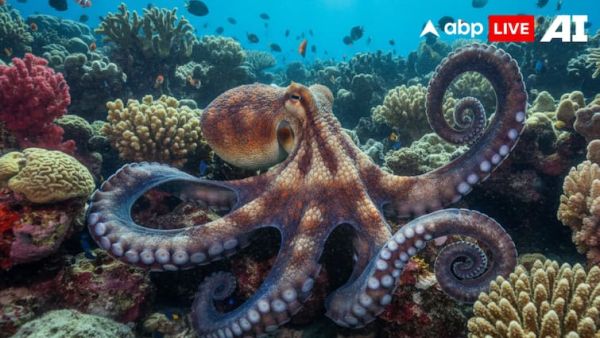
Octopuses are among the most fascinating and intelligent creatures of the ocean. Known for their incredible problem-solving skills, shape-shifting abilities, and remarkable intelligence, these cephalopods continue to amaze marine scientists and ocean lovers alike.
World Octopus Day 2025 is the perfect occasion to dive into their mysterious lives and uncover astonishing facts about their behaviour, survival strategies, and extraordinary adaptations.
1. Masters Of Camouflage
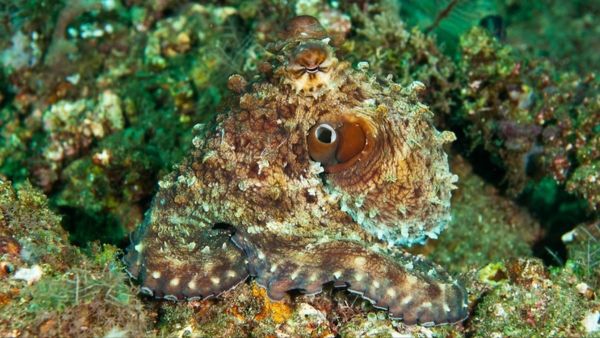
Octopuses are unmatched masters of disguise in the ocean. Their skin contains specialised cells called chromatophores, iridophores, and leucophores. These cells allow them to instantly change colour and texture to blend seamlessly with their surroundings. Some species can also mimic patters, shapes, and even dangerous marine creatures like lionfish or sea snakes. Their ability to shift both colour and skin texture in seconds is not only a survival strategy but also a remarkable display of biological engineering.
2. Incredible Intelligence
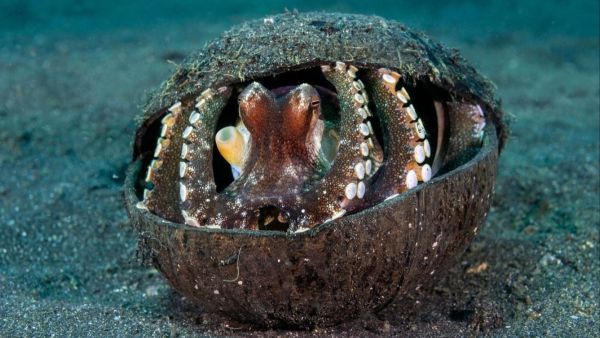
Octopuses are famous as the most intelligence invertebrates on the planet. Their complex brain and distributed nervous system allow them to solve puzzles, open jars, and even navigate mazes. Studies have shown octopuses can learn through observation and experience, demonstrating memory and problem-solving skills that rival some mammals. Their intelligence is further evident in tool use, such as collecting coconut shells for shelter or manipulating objects to create protective structures.
3. Three Hearts And Blue Blood
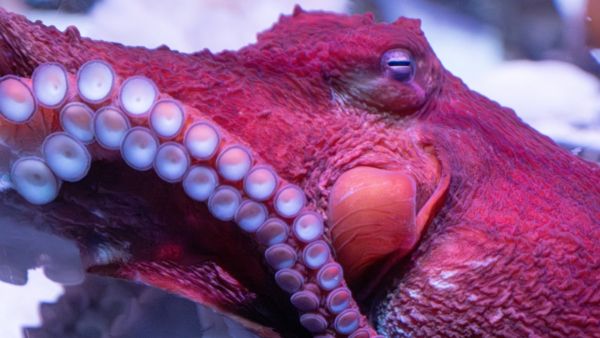
Unlike most creatures, octopuses have three hearts and blue blood. Two hearts pump blood to the gills, while a larger heart circulates it to the rest of the body. Their blood contains haemocyanin, a copper-rich molecule that transports oxygen efficiently in cold, low-oxygen waters. This unique circulatory system allows them to thrive in diverse marine environments. What's interesting is that while swimming, the main heart temporarily stops beating, which is why octopuses prefer crawling instead of constant swimming. Their blue blood, a rare feature among animals, adds to their mystique and extraordinary adaptation to ocean life.
4. Remarkable Regeneration Abilities
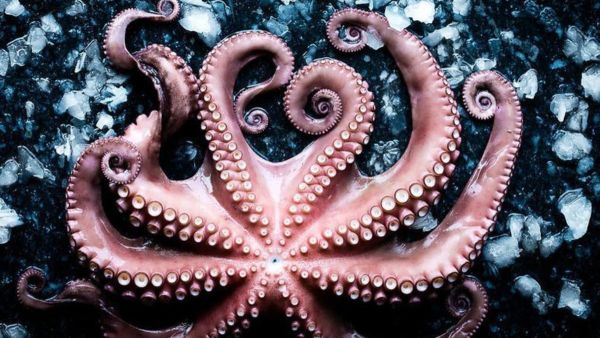
Octopuses can regrow lost arms, a survival feature that helps them escape predators. Each arm contains neurons that are capable of independent movement and sensory perception. This allows even a severed arm to react autonomously for a short time. Regeneration takes weeks to months depending on the species, but the regrown arm functions fully, restoring mobility and hunting capability.
5. Short Yet Fascinating Life Span
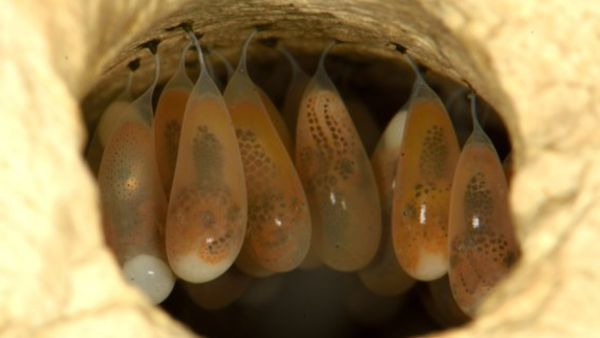
Despite their intelligence and versatility, octopuses have relatively short lifespans, often ranging from 1 to 5 years. The giant Pacific octopus can live up to 5 years, while smaller species survive barely a year. This short lifespan is counterbalanced by their high intelligence, rapid growth, and reproductive strategies. After hatching, young octopuses face immense challenges in the open ocean, which shows the species’ incredible resilience and survival instincts.
6. Unique Hunting Techniques
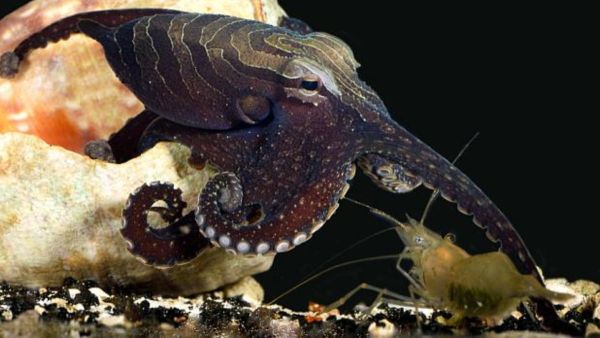
Octopuses are expert hunters, using stealth, camouflage, and advanced strategies to catch prey. They can jet through water quietly, squeeze into tiny crevices, and manipulate objects with remarkable dexterity. Some species hunt crabs, mollusks, and small fish by enveloping them with their arms, immobolising them with venomous bites. Their hunting is a blend of patience, intelligence, and physical adaptability. This demonstrates how evolution has crafted them as efficient predators.
7. Ink Defense Mechanism
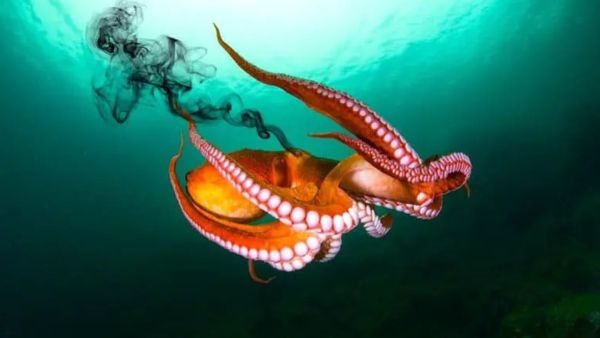
When threatened, octopuses release a cloud of dark ink to confuse predators, allowing them to escape. The ink contains melanin and chemical compounds that irritate the senses of attackers, effectively creating a smoke-screen in water. Some species can even release “pseudomorphs," blobs of ink shaped like their own body, to distract predators further.
8. Extraordinary Flexibility
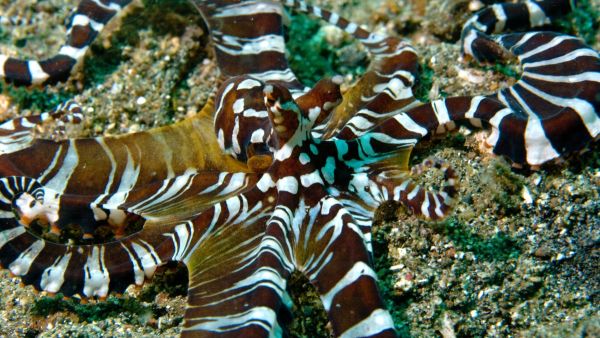
Octopuses have no bones, giving them unparalleled flexibility. They can squeeze through openings smaller than their body size, allowing them to hide from predators and explore tight spaces for food. This limbless skeleton-free structure, combined with muscular hydrostats, makes their arms incredibly strong, dexterous, and sensitive.
-
Saviynt Inaugurates Its Largest Global Innovation Hub in Bengaluru to Power the Future of AI-Driven Identity Security

-
New White Paper by APAC CVD Alliance and Deloitte Charts Path to Tackle Rising Heart Failure Burden in Asia-Pacific

-
SBI Plans Big Housing Move For Staff, 200 Ready Flats In Mumbai In ₹294 Crore Bulk Deal

-
Praj Low-Carbon Solution to Drive Substantial Carbon Intensity Reduction at Aemetis California Ethanol Plant

-
TCS cancels Q2 earnings conference, cites clash with Ratan Tata's death anniversary
